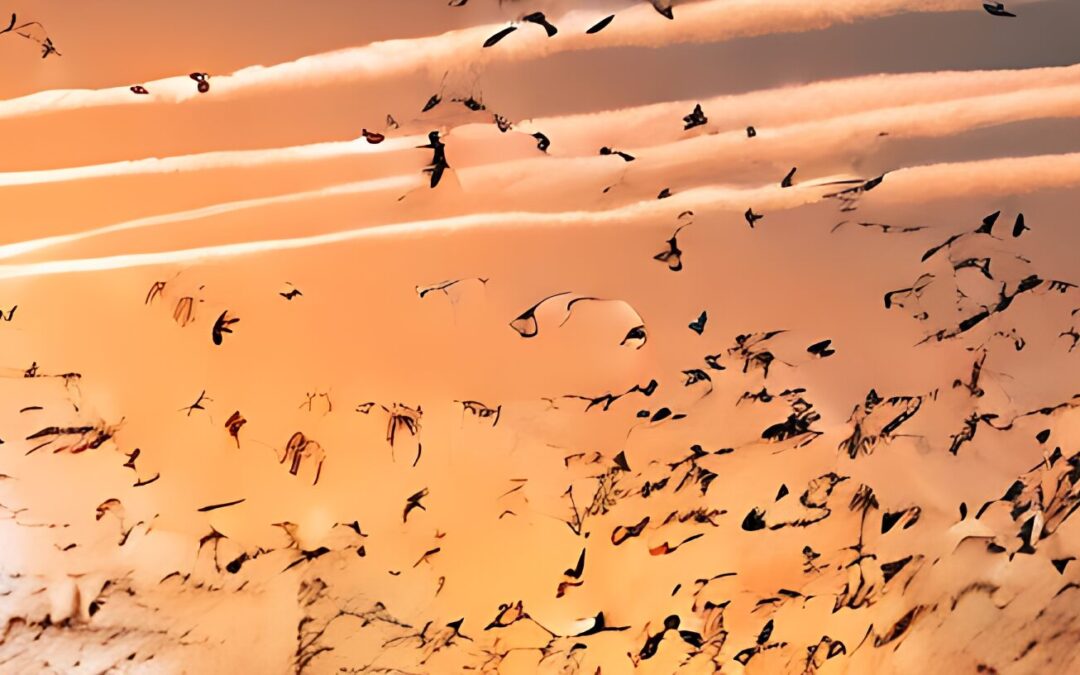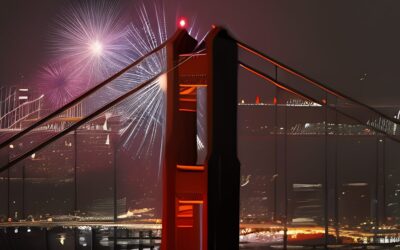As we pass by the unofficial end of summer and the weather hits its final heatwave, we start to slow down and transition into fall. Not only does fall mean that we get to bust out our favorite sweaters and jackets, but bird populations begin their migration South toward Mexico and Central America. On their migration, bird populations rest in the San Francisco Bay, the largest freshwater estuary in North America. Dozens of unique species can be spotted with a keen eye as birds take advantage of this perfect climate while resting on their great journey south.
One of the largest birds spotted during this migration is the raptors – hawks, eagles, ospreys, falcons, and vultures. These big birds generally take the shortest crossing across the Bay but can still be spotted fishing near harbors. Ospreys can be seen by the dozen diving for their meals, hitting the water up to 50 miles per hour to catch their meals. Other raptors can be spotted at the aptly named Hawk Hill in Marin, where up to 1,000 a day can be spotted overhead making the cross.
Our smaller friends, such as the warbler, vireo, and flycatchers, can be spotted resting on the Golden Gate Bridge and Golden Gate Park. These birds tend to be nocturnal flyers, meaning parks and more densely forested areas are filled at night with bird songs and bright colors contrasting the dark cypress and redwoods. These smaller birds are already abundant in the Bay Area, as they have likely made a home in our backyards and a comfortable distance from our birdfeeders. However, their songs will be much louder for the next month as populations from farther north join in for a short while.
Birds large, small, and everywhere in between have been using the Bay Area as a resting place during their migration for thousands of years, but what makes us so special? The largest factor is the sheer size of our watershed, spanning 60,000 square miles from the Sierra Nevada to the Golden Gate Bridge. These watersheds are also home to fish nurseries and calmer waters, making it a perfect estuary for birds. The size and health of the estuary make it ideal, and the location of the Bay Area acts as the perfect medium between colder temperatures up north and hot weather further south.
More Helpful Articles
Eat Your Way Through San Francisco’s Newest Michelin Starred Restaurants!
Though San Francisco has always been home to food enthusiasts, the newest Michelin Guide has only solidified its status at the top of foodies lists. The 2024 Michelin Guide has awarded new recognitions to several new restaurants in the area, celebrating San...
Who’s Driving? Waymo is!
Exciting news for tech enthusiasts and Bay Area residents alike: Waymo, the self-driving car company, has officially opened its services to all of San Francisco! This marks a significant milestone in technological development and brings the future of the automobile...
Celebrate the 4th of July in the Bay Area!
Happy Fourth of July! Independence Day is approaching quickly, and the Bay Area is getting ready to host exciting celebrations fit for the whole family. From impressive fireworks shows and delicious barbeques to lively parades, there is something for everyone to...






Recent Comments